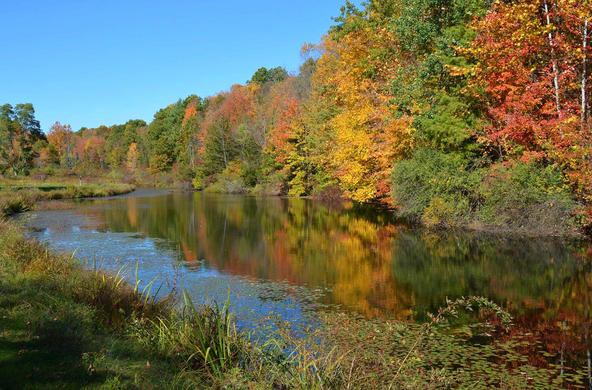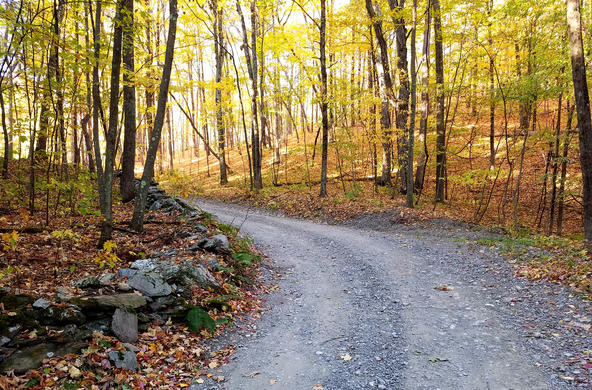As spring settles in around us, there is a lot of evidence of how organisms and the ecosystems they are part of respond to the shifts in the seasons. Each day, in both city and country, there is almost daily evidence of increasing biological activity.
More bird song greets us each morning, and it's hard to miss that music even in town. There are lots of other signs too. Early April typically brings a shadow of the small, spent flowers of red maple trees littering sidewalks and driveways beneath these common trees. That too is a reminder that plants as well as animals tune their activities to environmental signals.
Light and temperature are the most common environmental signals in the Hudson Valley. It may seem obvious that temperature is a signal for organisms to start growing again after the inhospitable conditions of winter. But it is not obvious how temperature works. It isn't just the increasing average temperature that stimulates organisms. In fact, most plants have been keeping track of the passage of winter by noting the accumulation of cold conditions.
Last fall, the native trees and shrubs entered a state of dormancy that has kept them safe from the freezing weather. In order to break dormancy, each species of plant has a requirement to experience a certain period of very cold conditions. Once the minimum has been passed, they can start growing again.
But the start of growth often depends on another signal as well. Some of the processes that are associated with the spring reawakening are signaled by light. Here too, plants don't respond to the obvious cue of increasing intensity of the sun's rays. Plants respond to very low intensities of light as a signal. It is the length of daylight hours, not the strength of the light, that helps shift plants into flowering mode.
The reliance on both accumulated cold conditions and the length of the light period each day is an insurance mechanism. By using two signals, the plants that are well adapted to our regional environment are less likely to start their activity too early and risk damage by unusual cold spring weather. Once plants have broken dormancy, they aren't as well protected from frost as they are during their winter resting period.
One way to appreciate the fine tuning of our native plants is to note the damage that horticultural or orchard plants experience when unusually cold weather hits in the spring. The introduced, cultivated plants are not as well adjusted to the local patterns of climate as are the native plants. Sometimes, the introduced plants get "fooled."
Getting fooled, though, is something that even the native plants are likely to experience more of in the future. Climate change means that the old, reliable cues of day length and the accumulation of cold periods during the winter will be broken.
The local native plants have, for thousands of years, depended on a certain match between temperature and light to signal their spring awakening, and avoid the risk of death or loss of their flowers due to a late frost.
Once that link is broken by climate change, all bets are off. Their life cycles-the patterns of growth, dormancy, renewed activity, and reproduction-may be damaged by having the signals they depend on come at times when dangerous risks are still prevalent.







